|
We've all heard that line breeding in dogs, also called in breeding is a very bad thing! And it can be. But as the old song goes "It Aint Necessarily So" ! Is there any difference between line breeding and inbreeding?I haven't been able to find a separate definition for each, but my own personal opinion is that line breeding occurs when a specific dog from the ancestry is "brought back in" in order to recapture and preserve its virtues in later generations. It can fairly be said that any negative traits will also be perpetuated. I'll address that later. I've also long considered that INbreeding is when two close relatives are bred together, such as parent to child, or brother to sister. But I can find nowhere that substantiates this. What's an outcross?I've seen an outcross referred to as crossing two different breeds together. But it is more popularly referred to by breeders as two dogs of the same breed which have none of their ancestors on a four generation pedigree which are related to one another. Why does close breeding have such a bad name?I think that one reason is that we humans can tend to transfer the human incest abhorrence to our animals. But the main reason is that when breeders originally played around with it some of the results were tragic and disastrous. The theory (which proved to be correct) was that doubling up on the genes in both parents would bring hidden faults out into the open. And that the puppies which didn't show those traits would not pass them on. Little notice was taken (by breeders) of the poor affected percentage of puppies which were born with cruel afflictions. But others did notice, and close breeding got a tainted reputation which lingers today. What has changed these days? The difference these days, is that breeders have extensive DNA testing available for literally hundreds of genetic conditions and traits. Some conditions and traits require two copies of the gene ( one from each parent) in order to reproduce themselves in offspring and others require only one. The information is within reach of breeders. So what was once a risky and dangerous practice can now be used judiciously by breeders who understand what they are doing and why they are doing it. What could the benefits of well managed close breeding be these days? If two related dogs excel in excellent genetic heath and other virtues inherent in the finest examples of their breed, then by doubling up on their genes, their own genetic health and breed virtues will become stronger in successive generations. Obviously, proper research and testing needs to be carried out, and not every breeder has the time nor resources to make informed decisions. But for those who do, close breeding can be a valuable tool for setting desirable outcomes within their breed. Next step to follow a close breedingI recommend to anyone who uses this tool in their breeding program, that for any offspring kept for breeding, the mate should be an outcross who has been tested for genetic strength in the same areas as the parents. Perhaps I am more cautious than the prestigious author of the article below, and I may become bolder. But to-date, this process has served me and my breed, well. QUOTE FROM WILLIAM GIVEN: "There is also a popular belief that, “It is just plain good to bring in fresh blood to a line every now and then.” Nothing could be further from the truth. It is inbreeding and linebreeding that (if correctly utilized) facilitate the elimination of recessive factors that produce faults, and provide for the purification within a line or strain. It is the close-up breeding on the blood of one or more superior dogs that allow breeders to rapidly minimize the influence of the more faulty forebears and contribute to the establishment of distinct type. Dangers of Continued Outcrossing When superior results are obtained in the first generation of an outcross, many breeders think the breeding was an unprecedented success and all that needs be done thereafter is to continue such outcrossing to become a great breeder with an established type of their own, producing a high average of very exceptional puppies. They could not be more mistaken, since the exact opposite is surely to occur.As a general rule, the progeny of first-generation, outcross breedings are very often quite uniform in appearance. Many of the puppies being even more correct than the sire and dam. However, if not bred back into the original line, it is the puppies from succeeding generations of such outcrosses that can be particularly disappointing. This is because they carry so many genes for all of the characteristics in which their parents differed, that those puppies show great variation. This includes a sizeable portion of puppies of less than show and breeding quality." Ref: William Given
I am often asked this question and quite frankly, there is no simple yes or no answer. The positives are endearing things, like watching them playing together and interacting with each other. Plus they'll be great company for one another when we have to leave the house. Right? And especially in the case of litter siblings, there's this warm fuzzy notion about how cute it is for them to remain together from the nest for the rest of their lives - oops, at least for the rest of the life of "one of them" but I'll come back to that later. If you are thinking of getting 2 puppies at the same time, I encourage you to continue reading. If you can handle the considerations then go ahead and enjoy your puppies!
The Dreaded I.C. (Improper Coat Gene) in Australian Cobberdogs: by Beverley Rutland-Manners8/10/2017
2017 has seen a wave of panic racing through ( mainly new) Australian Cobberdog breeders across the world regarding the improper coat gene. So what exactly is it? Firstly what it is NOT. Improper Coat is not a health issue. Neither has it been linked to any health issue. The Australian Cobberdog Breed Standard calls for a profuse coat that doesn't shed and I applaud breeders who are committed to remaining true to the Standard. But like so many other areas in life, it's a good idea to read the fine print! This article is intended to be a brief overview of the fine print, and it is my earnest desire that breeders will pause and think before they remove I.C. carriers from their breeding programs. I have been breeding "coated" dogs for 50 + years, and improperly coated long coated breeds have been around for as long as I can remember. It is thought that there are several genes involved in the various kinds of imperfect coat, but this one is responsible for the majority of them according to current research into the Portugese Water Dog, ( the breed in which the gene was first identified) by Dr Gordon Larkin and Research Scientist Kevin Chase at the University of Utah. FACT: I.C. 'carriers' can look exactly the same as correctly coated Cobberdogs. A DNA test was developed in 2010 to identify its presence
THE SIXTY FOUR DOLLAR QUESTION- "Why shouldn't breeders eliminate I.C. carriers from their breeding progams?
|
Welcome to RUTLANDS COBBERDOG BLOG
Categories
All
Archives
January 2019
|
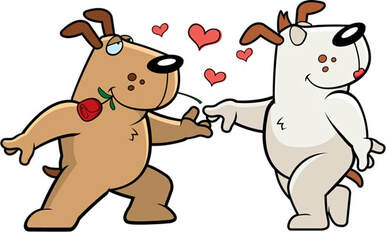
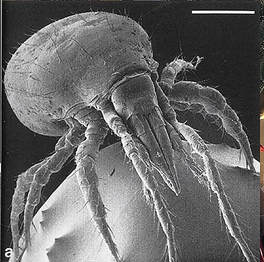
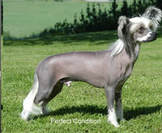
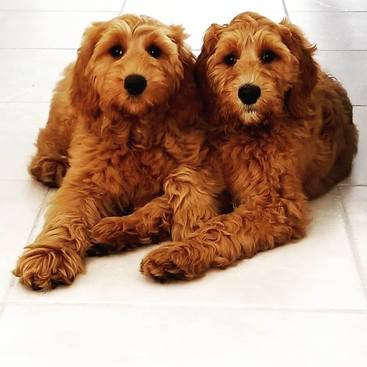
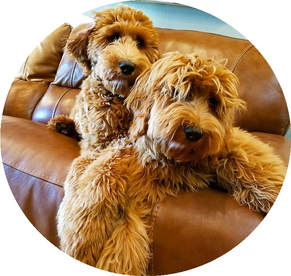
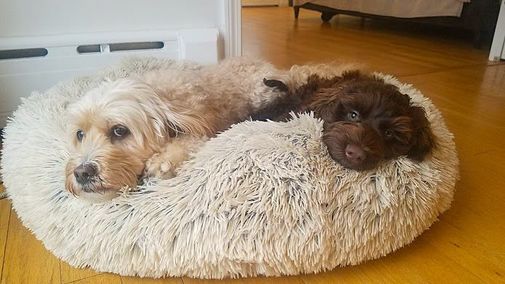
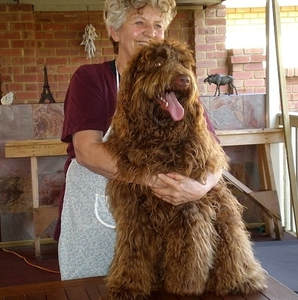
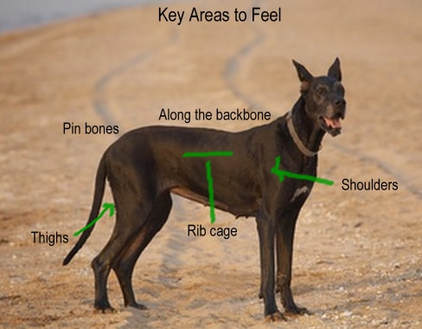
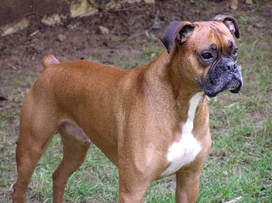
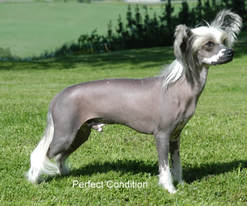
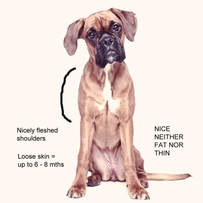

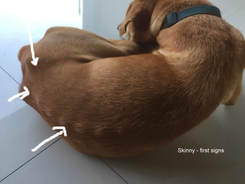
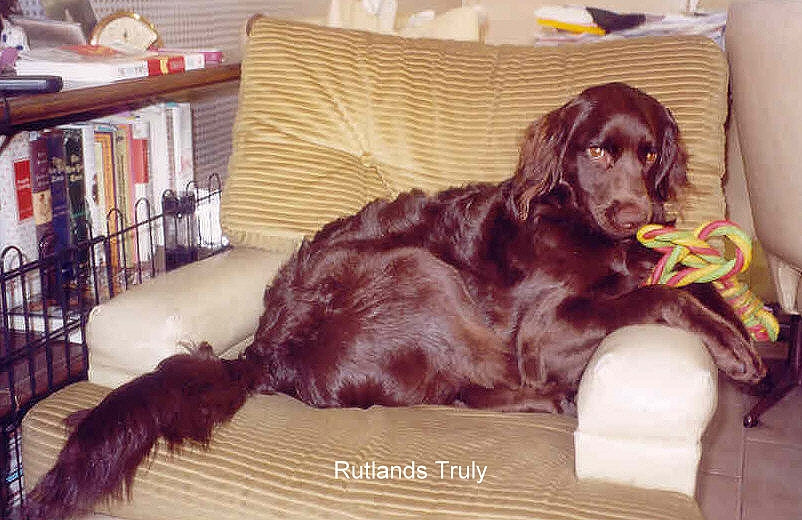
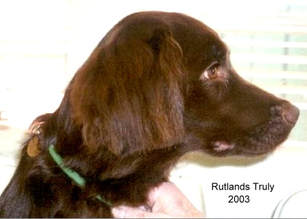
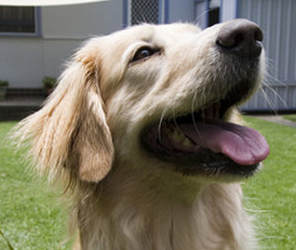
 RSS Feed
RSS Feed